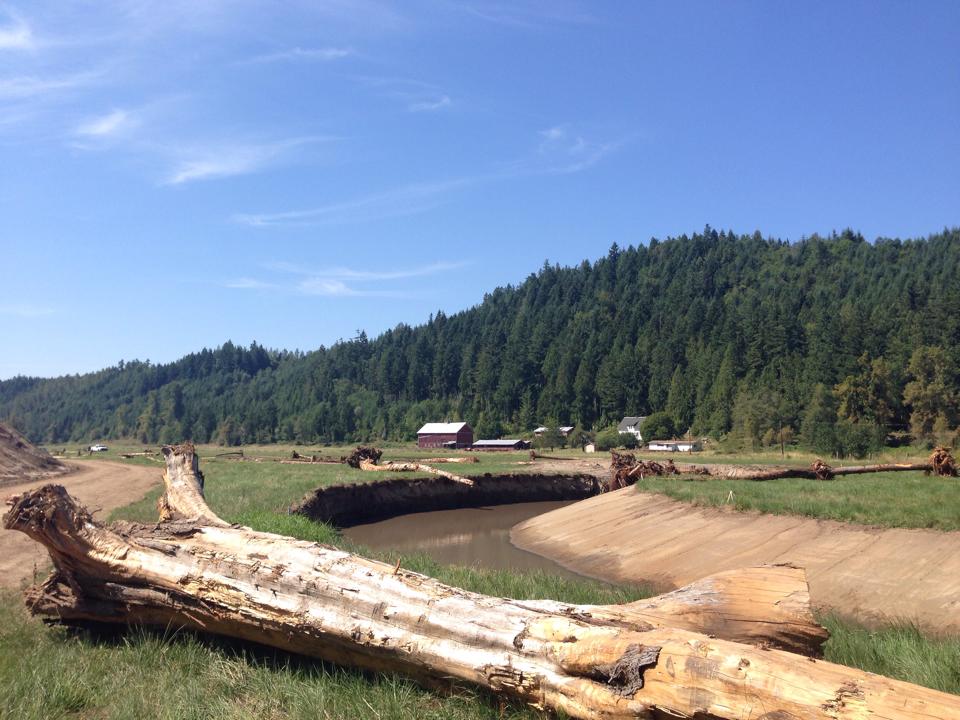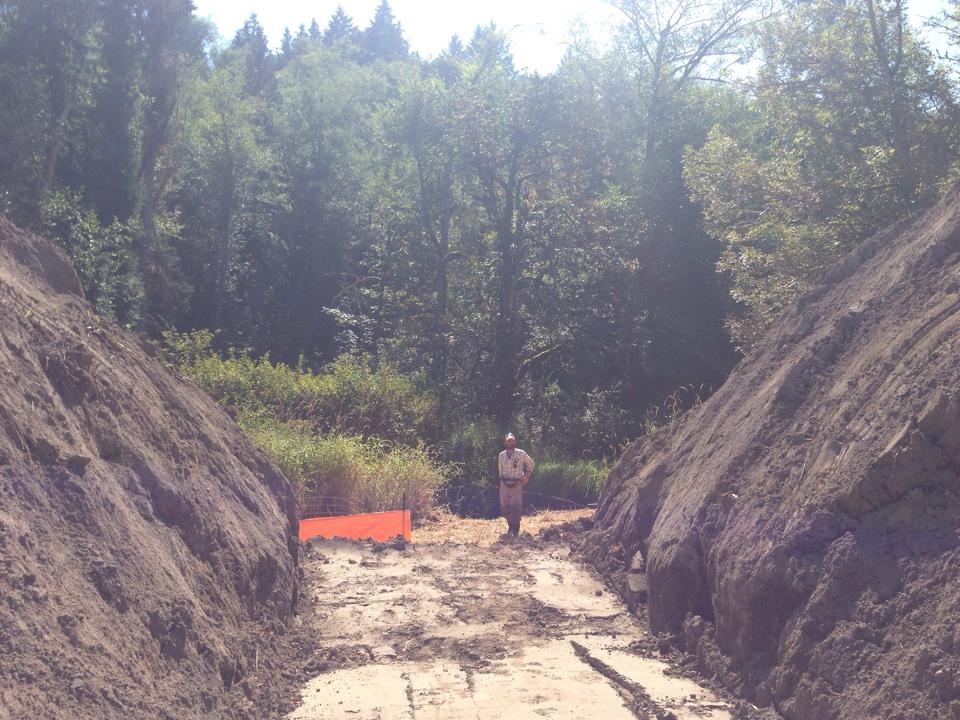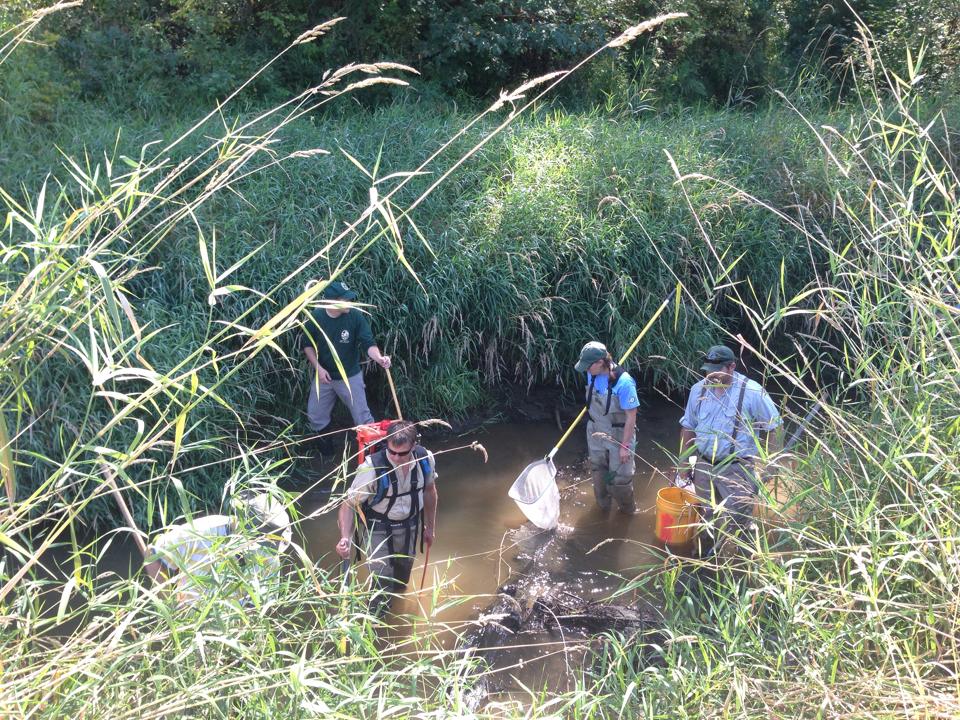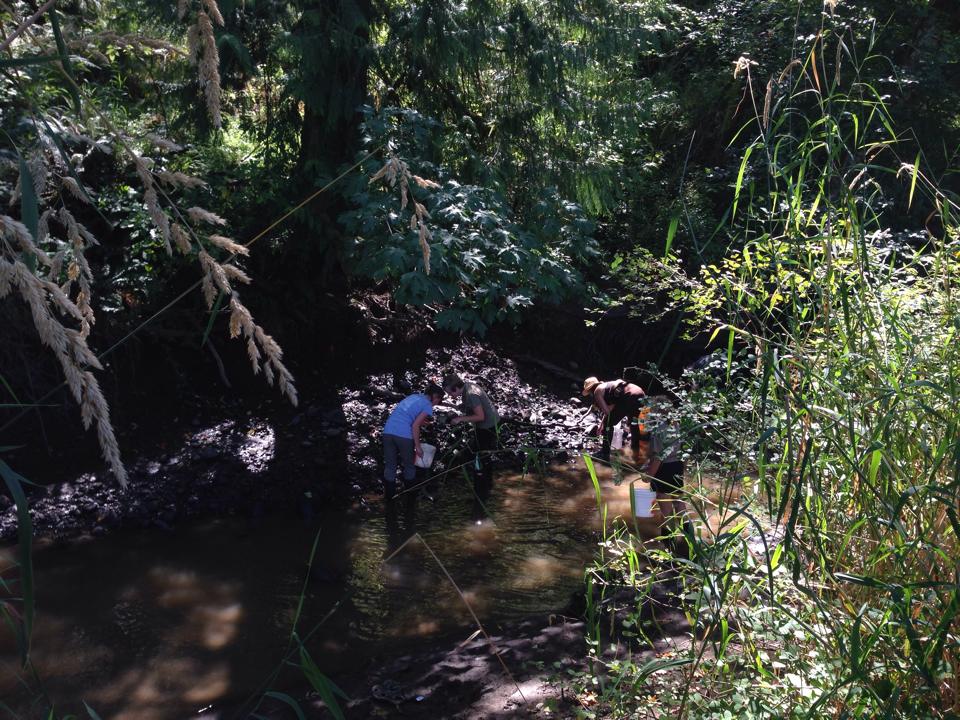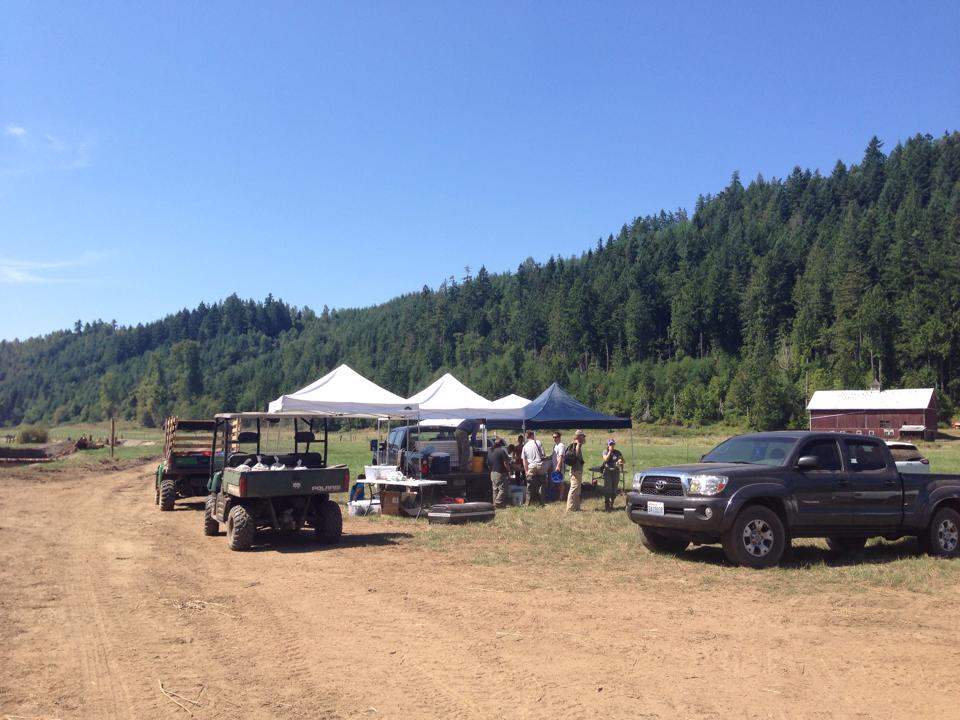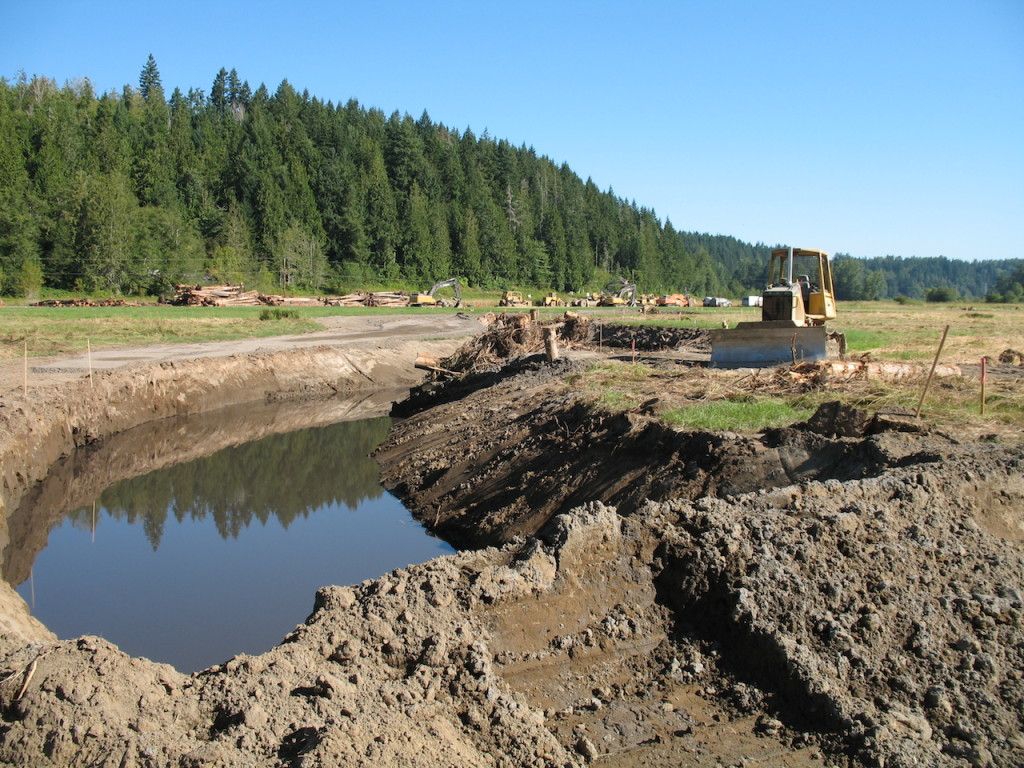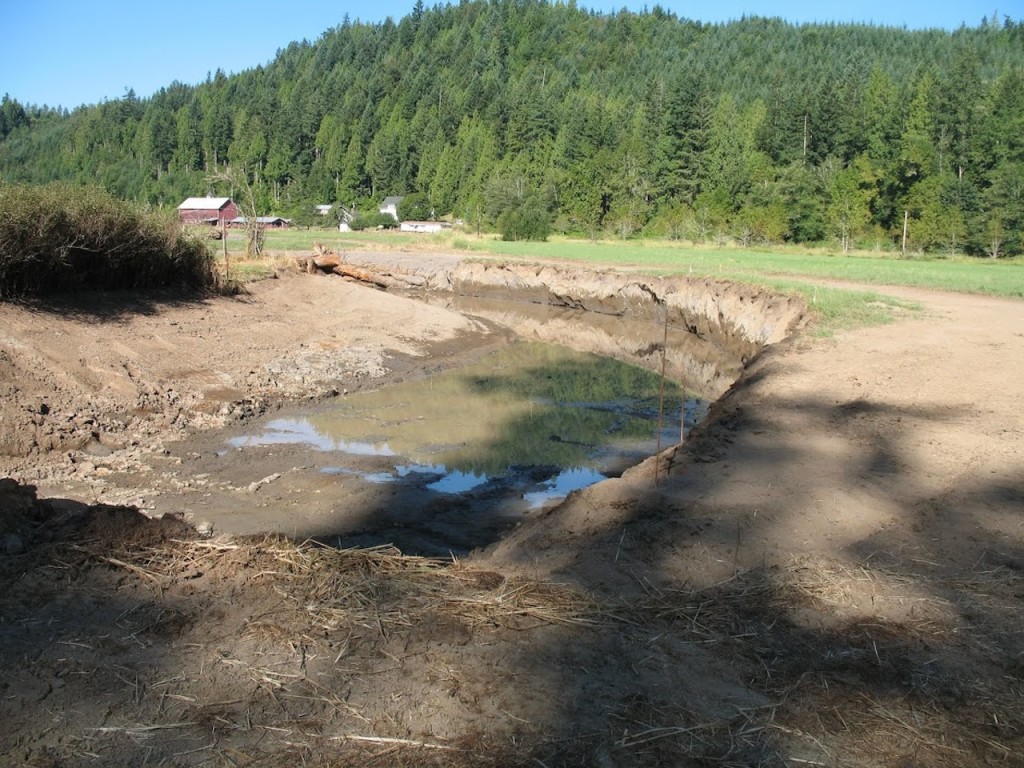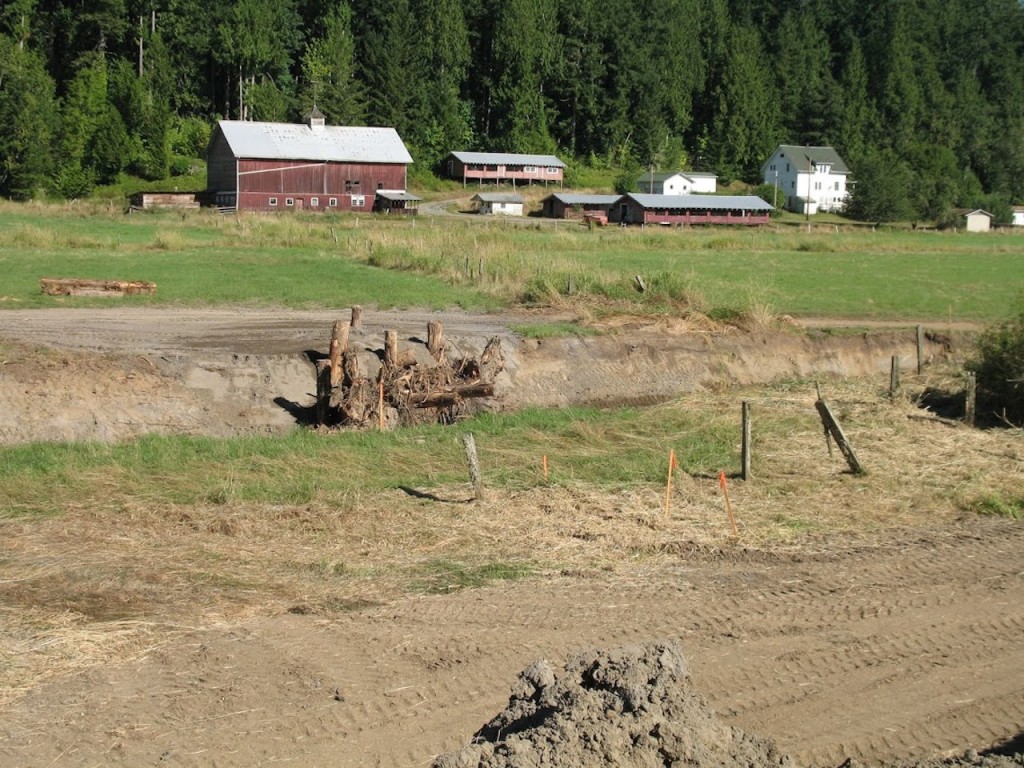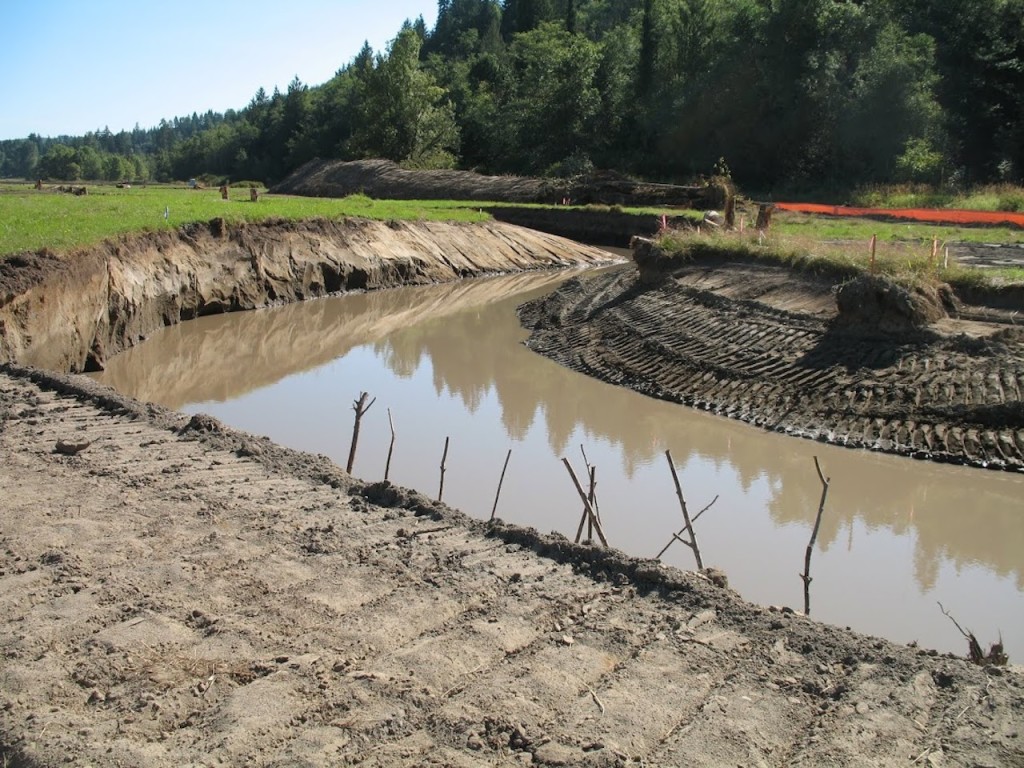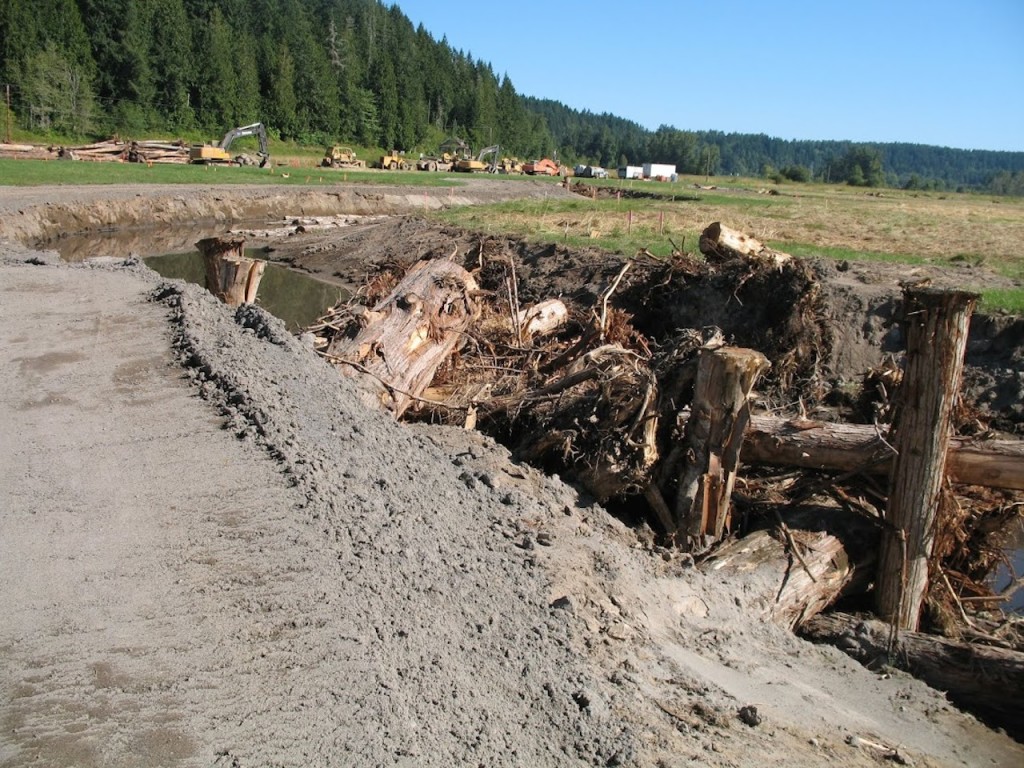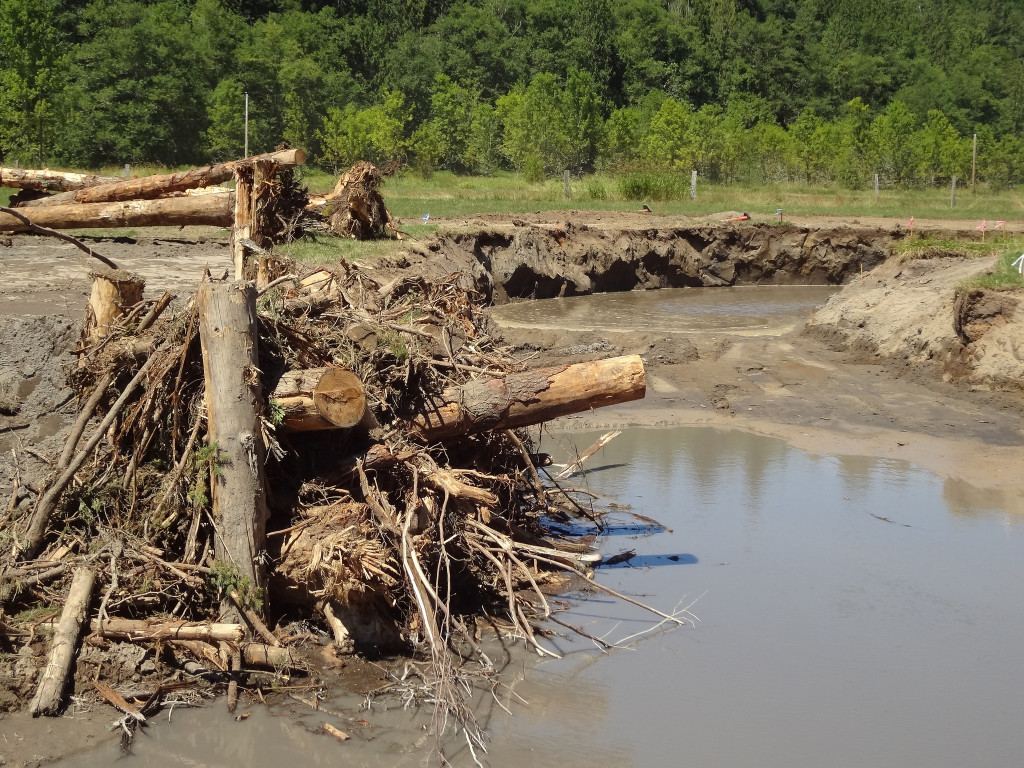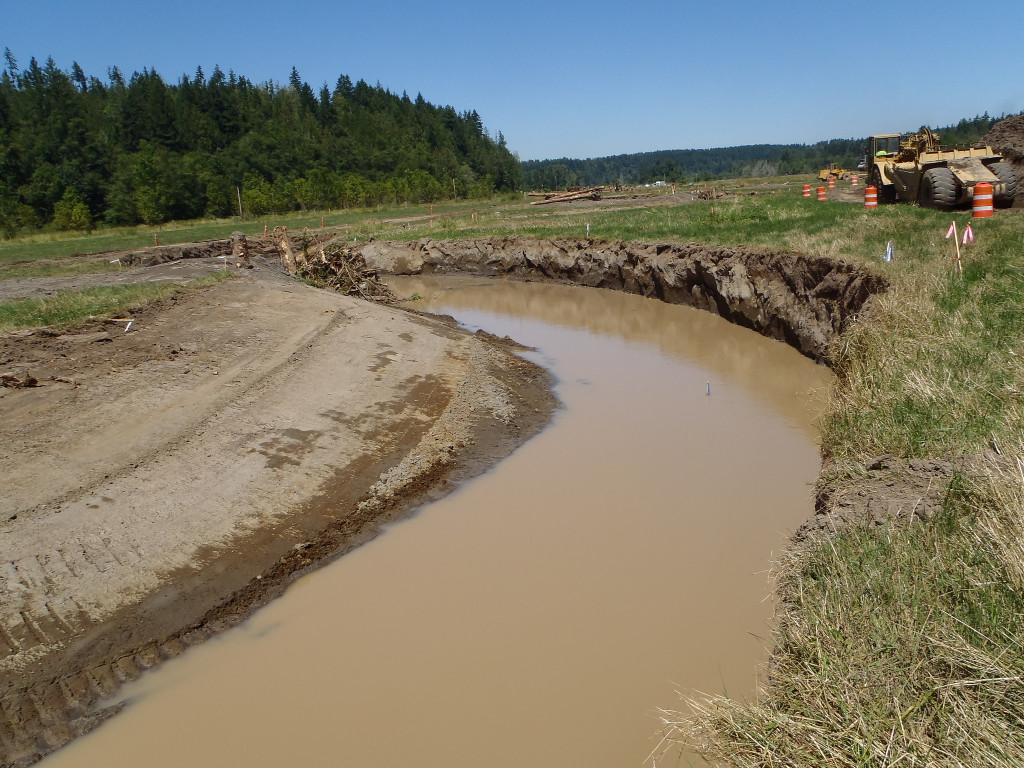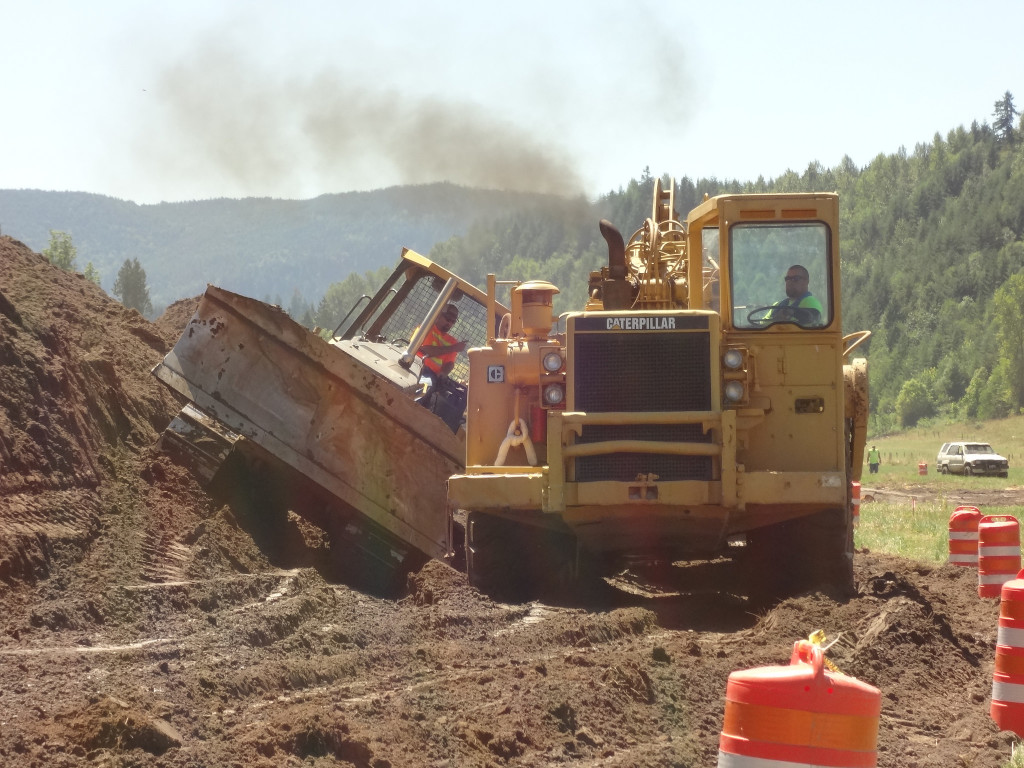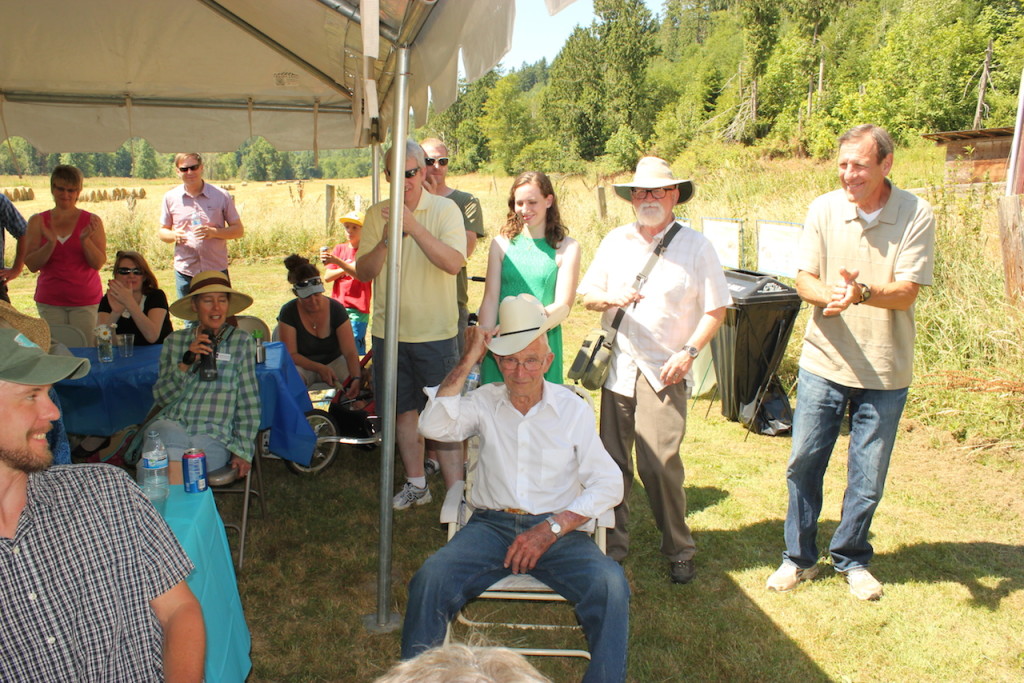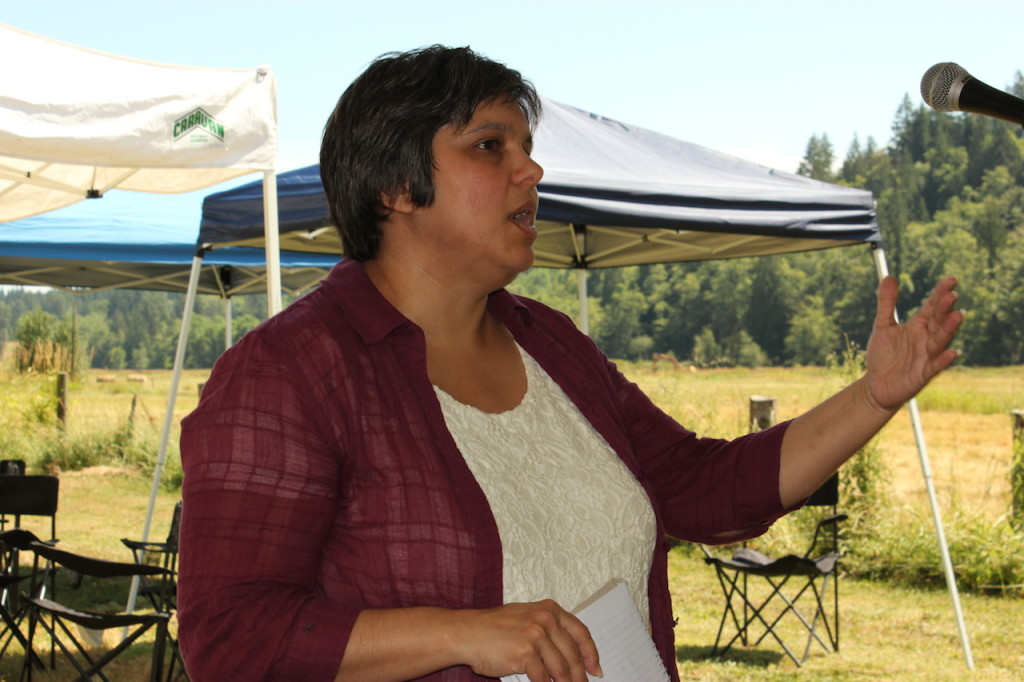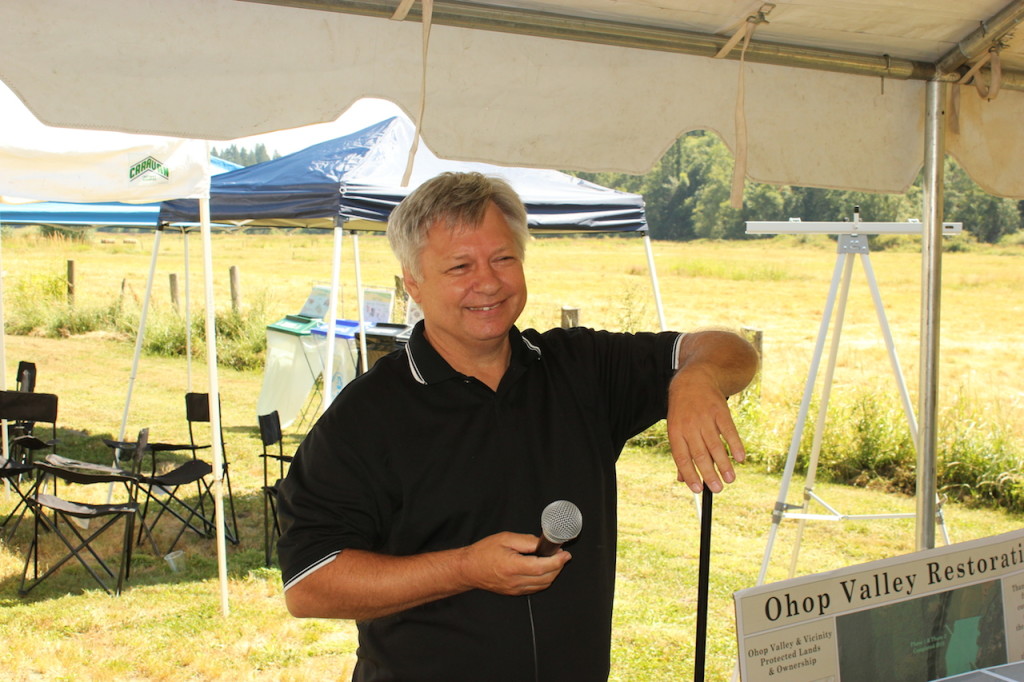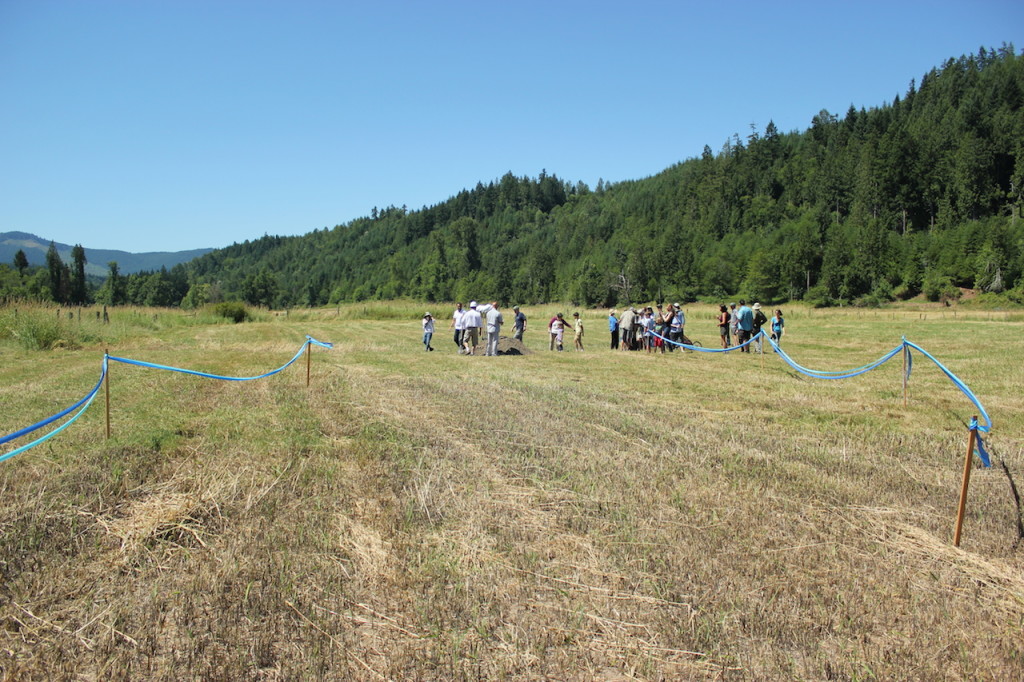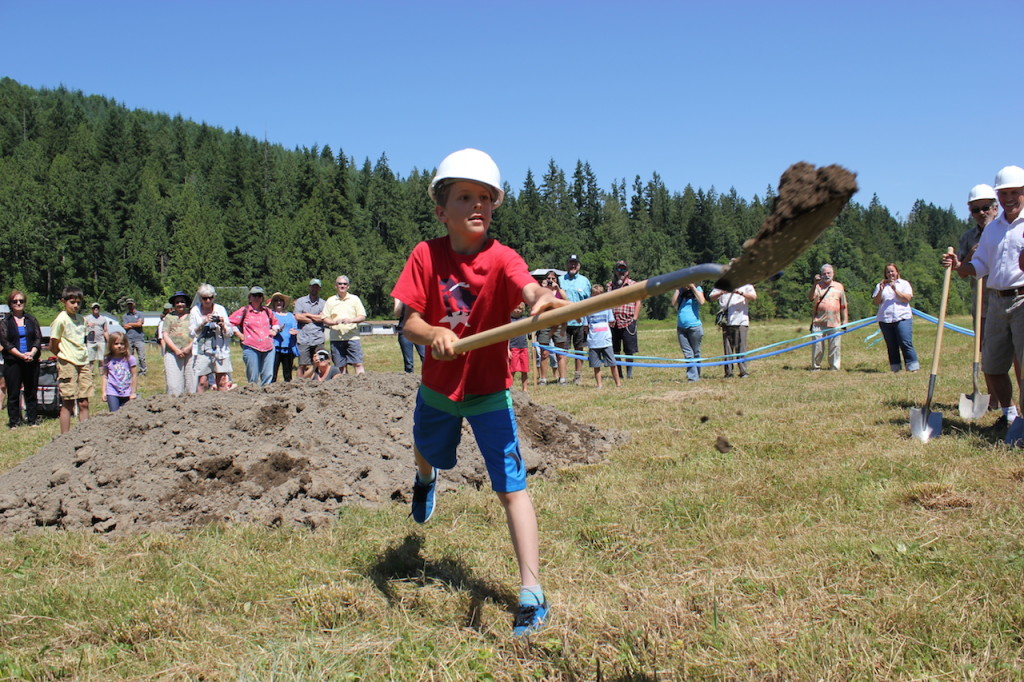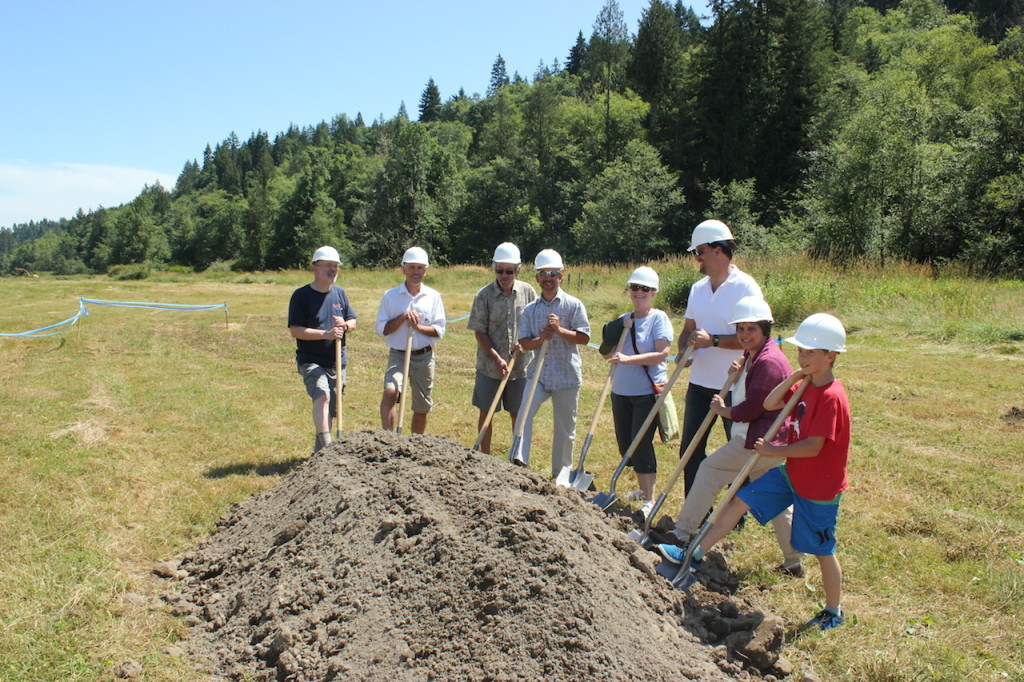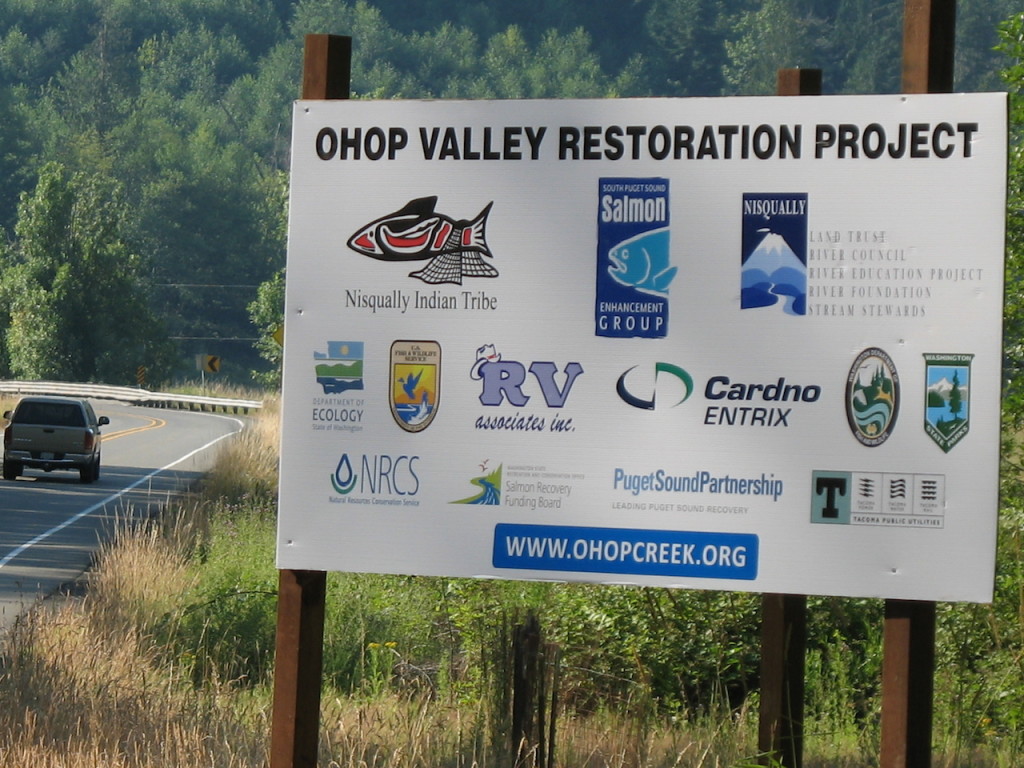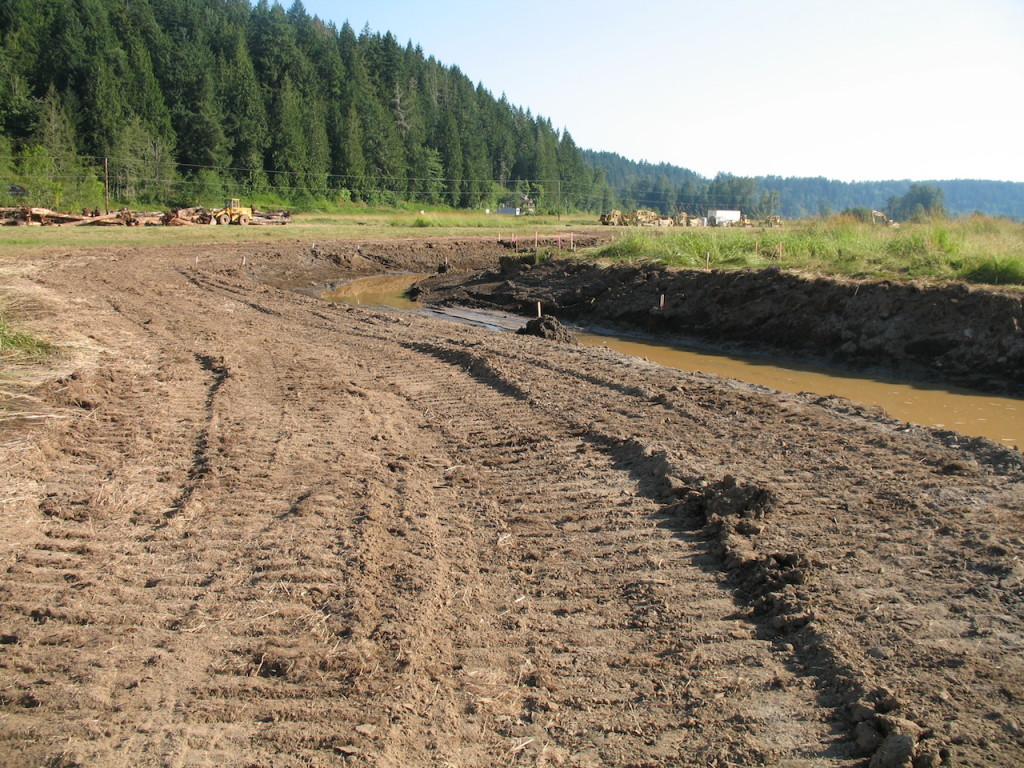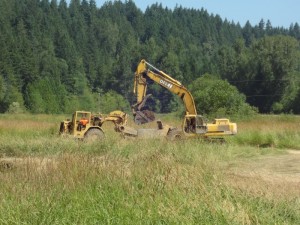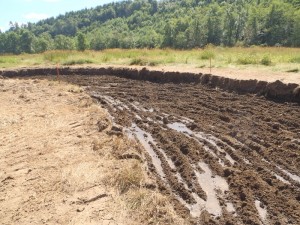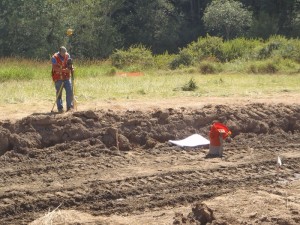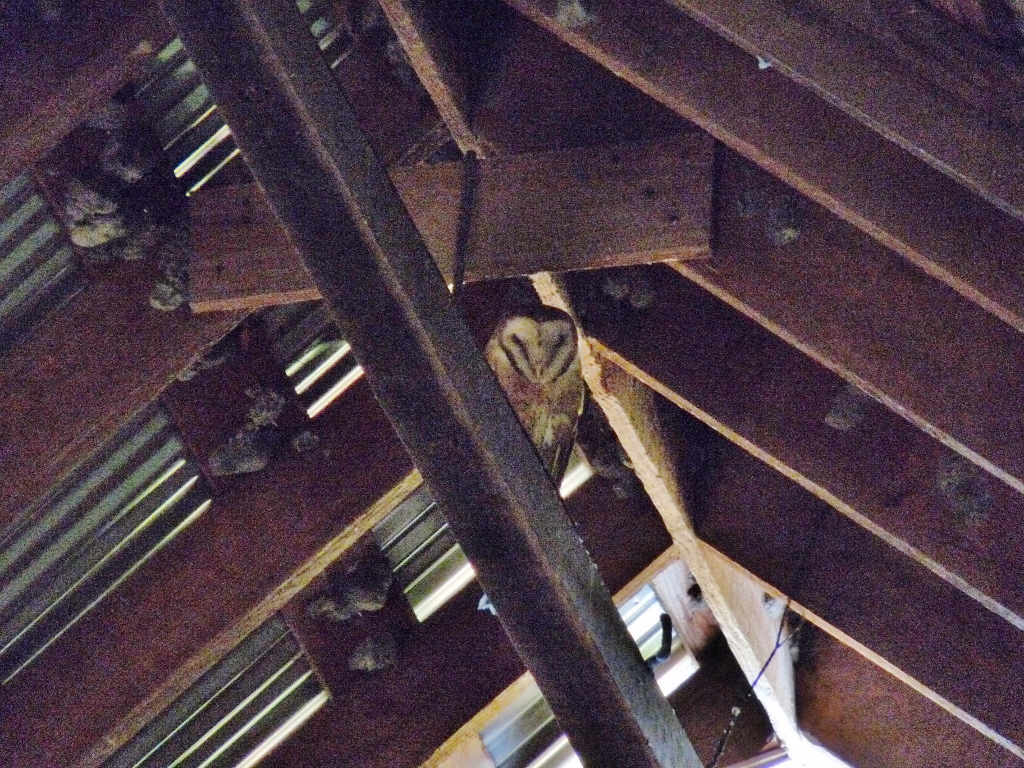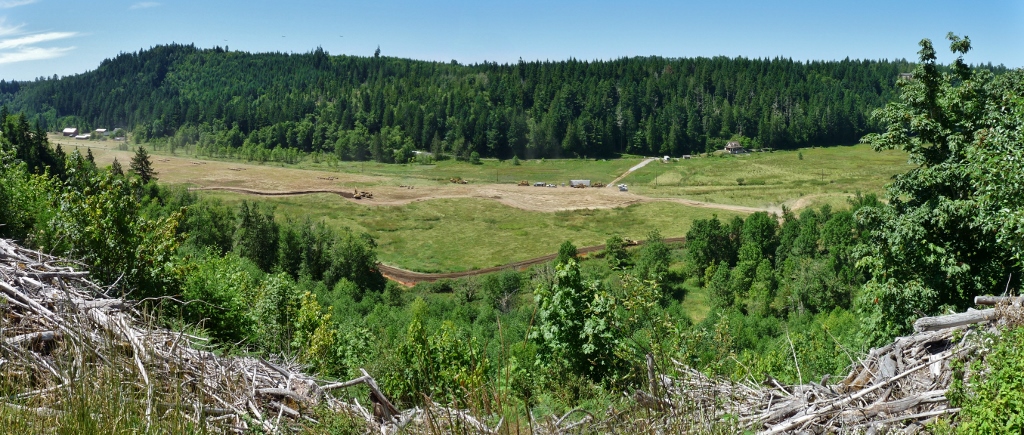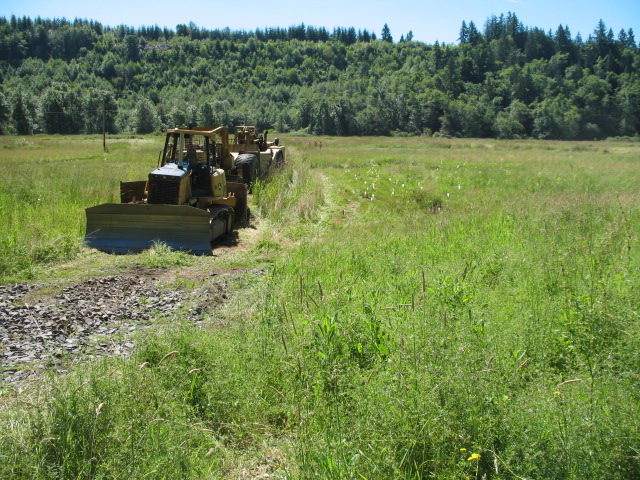Even though construction season is winding down, it certainly isn’t going to get quiet around Ohop for a while! With the inevitable winter rains comes the opportunity to plant trees along the newly constructed creek channel, and create a forested floodplain.
Planting trips will be hosted by the Nisqually River Education Project, the Nisqually Land Trust and Nisqually Indian Tribe. All three groups are always looking for volunteers! With thousands of trees and shrubs to plant this year, our hands are full!
It’s easy to get involved. All you need are warm clothes and boots, a willingness to play in the mud, and lots of energy! We’ll provide the gloves, the plants, and the location. For specific dates and times, please check out the calendars on www.nrep.nisquallyriver.org and www.nisquallylandtrust.org, or call 360-438-8715! Make sure you register prior to volunteering.
All the trees and shrubs that we plant are native. Example species include:
-Cottonwood
-Alder
-Red-osier Dogwood
-Spruce
-Cedar
-Ninebark
-Twin berry
-and more!!
The winter season is a great chance to get involved with the Ohop Valley Restoration Project. We hope to see you out there!

